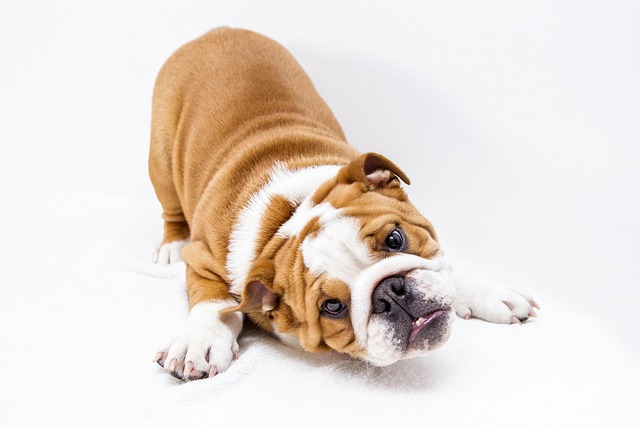
How do i train my dog to be obedient?
Watching your dog dart across the park ignoring your calls isn’t just frustrating—it can put them at risk near busy streets or public spaces.
Bringing a new puppy home is an exciting adventure, but amidst the chaos of potty training and chewed shoes, the most important thing you can do is build a foundation of unwavering trust. That wide-eyed, wiggly little creature is looking to you for safety, guidance, and connection. Gaining your puppy’s trust isn’t about being a strict disciplinarian; it’s about becoming their safe harbor in a big, confusing world. This is especially vital for puppies growing up in apartments, where elevator rides, hallway noises, and close encounters with neighbors can be overwhelming. The trust you build now will shape your relationship for years to come, creating a confident, well-adjusted adult dog.
The scientific principle at play is simple: trust is built through positive associations and predictable outcomes. Your puppy’s brain is a sponge, rapidly forming connections between their actions and the consequences. When they learn that approaching you, following you, or looking to you for guidance consistently results in something wonderful—a tiny piece of chicken, a fun game of tug, or gentle praise—they begin to see you as the source of all good things. This is why force-free, positive reinforcement training is the only method recommended by modern behaviorists. Techniques that involve scolding, physical punishment, or dominance-based corrections are not only culturally frowned upon in the U.S., but they are scientifically proven to damage your bond, increase fear, and can lead to behavioral problems like reactivity.

Your daily routine is your biggest opportunity. Start by hand-feeding your puppy a portion of their meals. This powerful act reinforces that your hands are for giving, not taking away, and builds a positive association with your presence. Keep training sessions short and fun—just two to five minutes, several times a day. Use high-value treats to reward behaviors you like, such as voluntarily sitting, making eye contact, or coming when called. Most importantly, learn to read your puppy’s body language. If they yawn, lick their lips, or tuck their tail, they might be stressed. Respect this by removing them from the situation, whether it’s a loud appliance or an overly enthusiastic visitor. This shows them you are their protector.
This commitment to being a trustworthy leader extends seamlessly to your public responsibilities. A puppy that trusts you is more likely to be focused and calm on a leash, making it easier to practice good manners in your community. This includes the absolute must-do of always carrying waste bags and cleaning up immediately—a fundamental legal requirement and act of respect in any American neighborhood. Furthermore, part of your duty as a responsible owner begins with your puppy’s very first vet visit. Ensuring they complete their full series of vaccinations, including the legally mandated rabies shot as soon as they are of age, is non-negotiable. This protects your puppy, other animals, and your community, solidifying your role as a capable and caring guardian. By blending this conscientious ownership with gentle, daily trust-building, you’re not just raising a puppy; you’re building an unbreakable bond with your future best friend.

Watching your dog dart across the park ignoring your calls isn’t just frustrating—it can put them at risk near busy streets or public spaces.

New puppy owners often find themselves rushing to clean up accidents before they set in, and that’s where puppy pad training becomes a game-changer.

If you've noticed your dog's waistline disappearing and your veterinarian has mentioned those few extra pounds, your first instinct might be to simply reduce the amount of food in their bowl.

Training a dog to use a designated spot indoors isn’t as daunting as many new owners fear, but it does take consistency and an understanding of your pet’s needs.

That moment of dread on a walk is all too familiar for many new dog owners. You see another dog approaching down the sidewalk of your neighborhood

If the sight of another dog on your neighborhood walk makes your heart sink as your own dog erupts into a frenzy of barking and lunging, you're not alone.